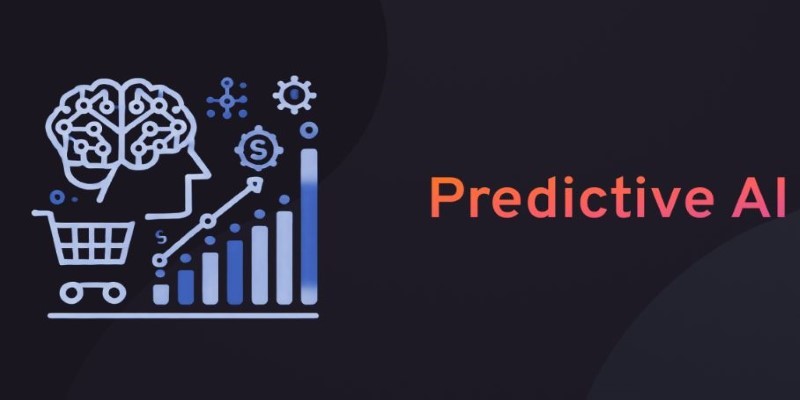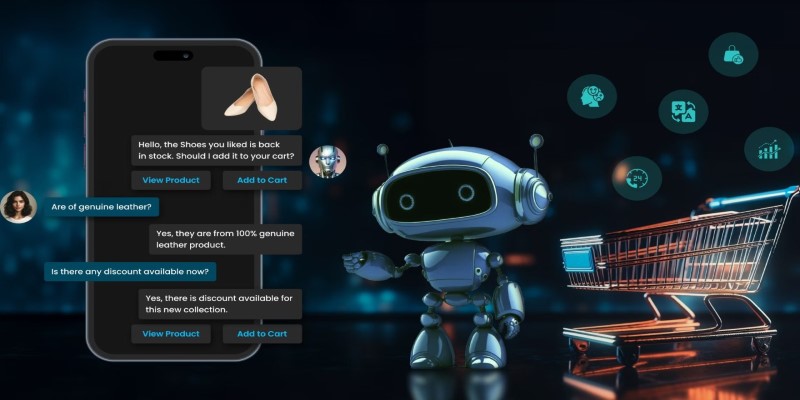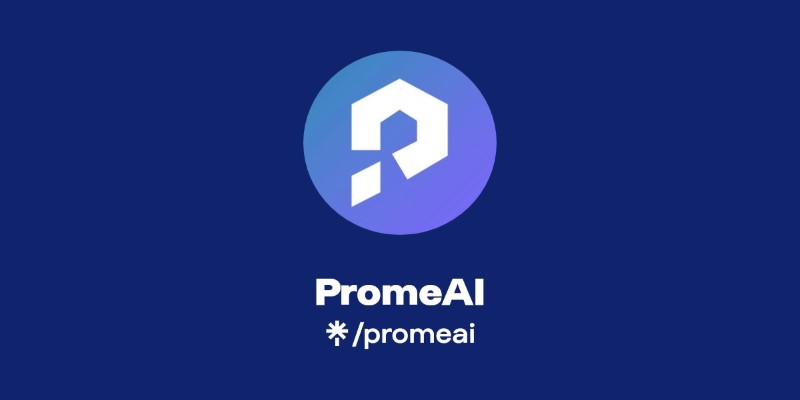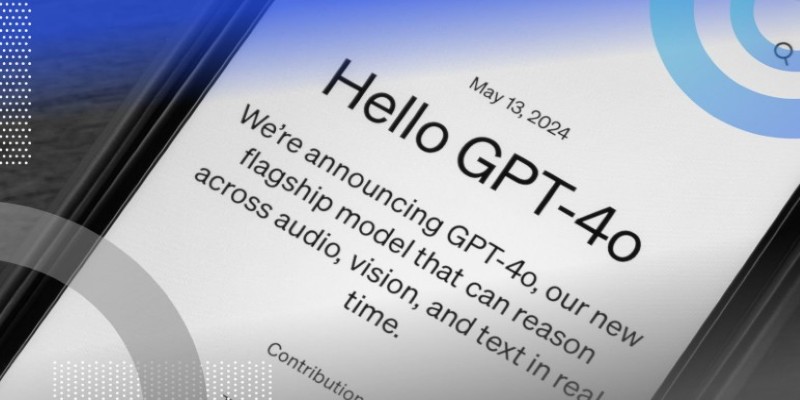Advertisement
Marketing teams are quickly shifting their focus to provide distinctive consumer experiences across several platforms. Different data points are used in hyper-personalization marketing tactics to customize material for every user properly. Respecting privacy laws, brands gather surfing history, purchase data, demographic information, and insights. Teams examine consumer data to provide more interesting, customized, and relevant messaging across channels.
Consumer data-driven marketing guides behavior pattern-based campaign optimizations and decision-making. Over time, these strategies will promote deeper client loyalty and raise conversion rates. Optimizing the personalized customer experience improves involvement at every digital interface. Businesses must balance hyper-personalization with privacy compliance to maintain trust and loyalty.

Personalizing emails goes beyond simply using names. It delivers content based on actual user choices and behaviors. AI solutions help marketers analyze consumer behavior and demands. This method enables companies to produce very appropriate offers and adverts. Someone browsing shoes might receive instant product recommendations. CRM technologies, social media, and email analytics enhance this data-driven approach. Combining these tools is the foundation of hyper-personalization marketing tactics since it helps to really grasp the client.
Brands speak to people, not to a mass market audience. Optimizing the personalized customer journey keeps people involved for longer. When content fits their requirements, people are more likely to act. Still, privacy has to be given priority. Personalizing without permission may be invasive. Companies have to be quite explicit about how data is gathered and applied. Transparency fosters credibility. As consumers disclose more voluntarily, companies may hone messaging even further. Done well, it benefits all those engaged.
For companies that apply hyper-personalization appropriately, the advantages are significant. First of all, it increases involvement by demonstrating to people their real interests. Advertisements start to be useful rather than disruptive. Second, improved conversion rates follow from highly customized marketing plans. Users react faster when a message fits exactly. Third, because consumers feel heard, repeat visits rise. Relevant suggestions always see them returning. Smarter ad spending is made possible by consumer data-driven marketing.
Companies no longer waste money on pointless groups. It also advances the shopping experience. Customized customer journey optimization smooths out the experience at every level. Well-timed reminders help reduce cart abandonment. Users who feel valued over time develop loyalty. Even email marketing gets better with tailored subject lines and timing. Customization also promotes recommendations from friends and colleagues. People share brands that seem useful and intimate. The evidence shows that hyper-personalization boosts both long-term loyalty and short-term sales.

Although hyper-personalization has obvious advantages, if utilized improperly, it also brings great dangers. Over-personalization is the first major risk. People object to being watched over or controlled. Trust quickly crumbles if companies utilize data without authorization. One more problem is bad data quality. Older or incorrect information results in odd recommendations. Users are annoyed by this, and the brand image suffers. Another consequence is over-segmentation. It might overlook more general consumer interests and limit reach.
Similarly dangerous is too much emphasis on machines and too little on human intuition. Algorithms are not particularly good at reading cultural context or emotions. Still, Another major concern is security. If user data is hacked or disclosed, damage is quite extensive. Legal issues can arise, particularly given the tightening of data rules. Hyper-personalization marketing plans have to abide by GDPR or CCPA. Finally, measuring the wrong things might squander effort. Clear KPIs are what brands need to monitor personalizing success. Results remain uncertain otherwise.
Success in hyper-personalization entails avoiding typical errors with clever design. Start by compiling just the information required. Make sure consumers understand the reasons for and methods of gathering. Use privacy disclosures and clear opt-ins. Then, regularly wipe your data. Edit previous entries and correct mistakes. It maintains your sharpness in targeting. Combine human checks with automation for better accuracy. While not always flawless, AI techniques are useful. When necessary, give your touch. Examine everything often.
Discover what works by means of A/B testing. One version will not fit all. Teach your staff the ethics of personalizing. Everybody should know where the line is. Put money into safe mechanisms to guard consumer information. One hack can wipe out years of confidence. Create profiles by drawing on social media, online analytics, and CRM, among other sources. It offers a complete view. Always measure results, too. See open rates, click-throughs, and conversions. Refine and expand using comments. Little adjustments help to increase impact.
Many tools enable marketers to scale and customize at will. Platforms for customer relationship management (CRM) record interactions and user data. Teams can deliver customized information depending on interests and behavior using email technologies. AI chatbots provide customized assistance that is available around the clock. Recommendation engines use prior behavior to suggest items. These instruments simplify tailored customer journey optimization all across the funnel. Customer Data Platforms (CDPs) pull data from websites, apps, and retailers into unified user profiles. That makes campaigns relevant and smarter. Systems for marketing automation manage difficult processes free of human involvement.
Tools for A/B testing enable one to evaluate several email or landing page variants. Personalization engines change material depending on real-time behavior. Even social media sites today provide deep targeting choices. Dashboards in analytics reveal both what is and is not functioning. Behind encryption, security tools protect user data. These tools all support consumer data-driven marketing initiatives. Taken together, they provide scalable, more secure, super personalizing capability.
Customized marketing techniques have the power to change consumer connection with brands. Used properly, they increase involvement, generate loyalty, and drive conversions. Brands have to approach carefully, though. Respect for data ethics and privacy is essential. Though it takes years to develop, trust can fade fast. Using the correct tools, monitoring the correct data, and learning from comments will all help to define success. Long-term benefits abound from consumer data-driven marketing and personalized customer journey improvement. Thoughtful design helps businesses to avoid common errors and produce valuable user experiences. Personalizing done well is not just wise but also potent.
Advertisement

What predictive AI is and how it works with real-life examples. This beginner-friendly guide explains how AI can make smart guesses using data

Looking for smarter ways to code in 2025? These AI coding assistants can help you write cleaner, faster, and more accurate code without slowing you down

Looking to boost your chances on LinkedIn? Here are 10 ways ChatGPT can support your job search, from profile tweaks to personalized message writing

Curious about whether premium AI prompts are actually worth paying for? This article breaks down what you’re really getting, who benefits most, and when it's better to stick with free options.

Curious about where AI is headed after ChatGPT? Take a look at what's coming next in the world of generative AI and how chatbots might evolve in the near future

Need clarity in your thoughts? Learn how ChatGPT helps create mind maps and flowcharts, organizing your ideas quickly and effectively without fancy software

Discover 10 ChatGPT plugins designed to simplify PDF tasks like summarizing, converting, creating, and extracting text.

How can AI help transform your sketches into realistic renders? Discover how PromeAI enhances your designs, from concept to portfolio-ready images, with ease and precision

Veed.io makes video editing easy and fast with AI-powered tools. From auto-generated subtitles to customizable templates, create professional videos without hassle

Want a free coding assistant in VS Code? Learn how to set up Llama 3 using Ollama and the Continue extension to get AI help without subscriptions or cloud tools

Need help setting up Microsoft Copilot on your Mac? This step-by-step guide walks you through installation and basic usage so you can start working with AI on macOS today.

What if one AI model could read text, understand images, and connect them instantly? See how GPT-4o handles it all with ease through a single API